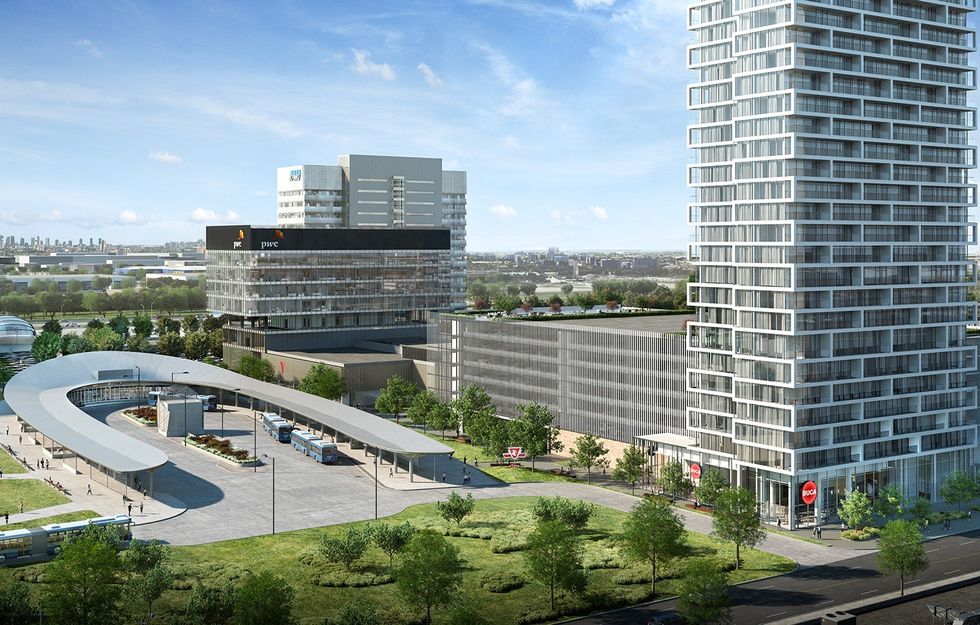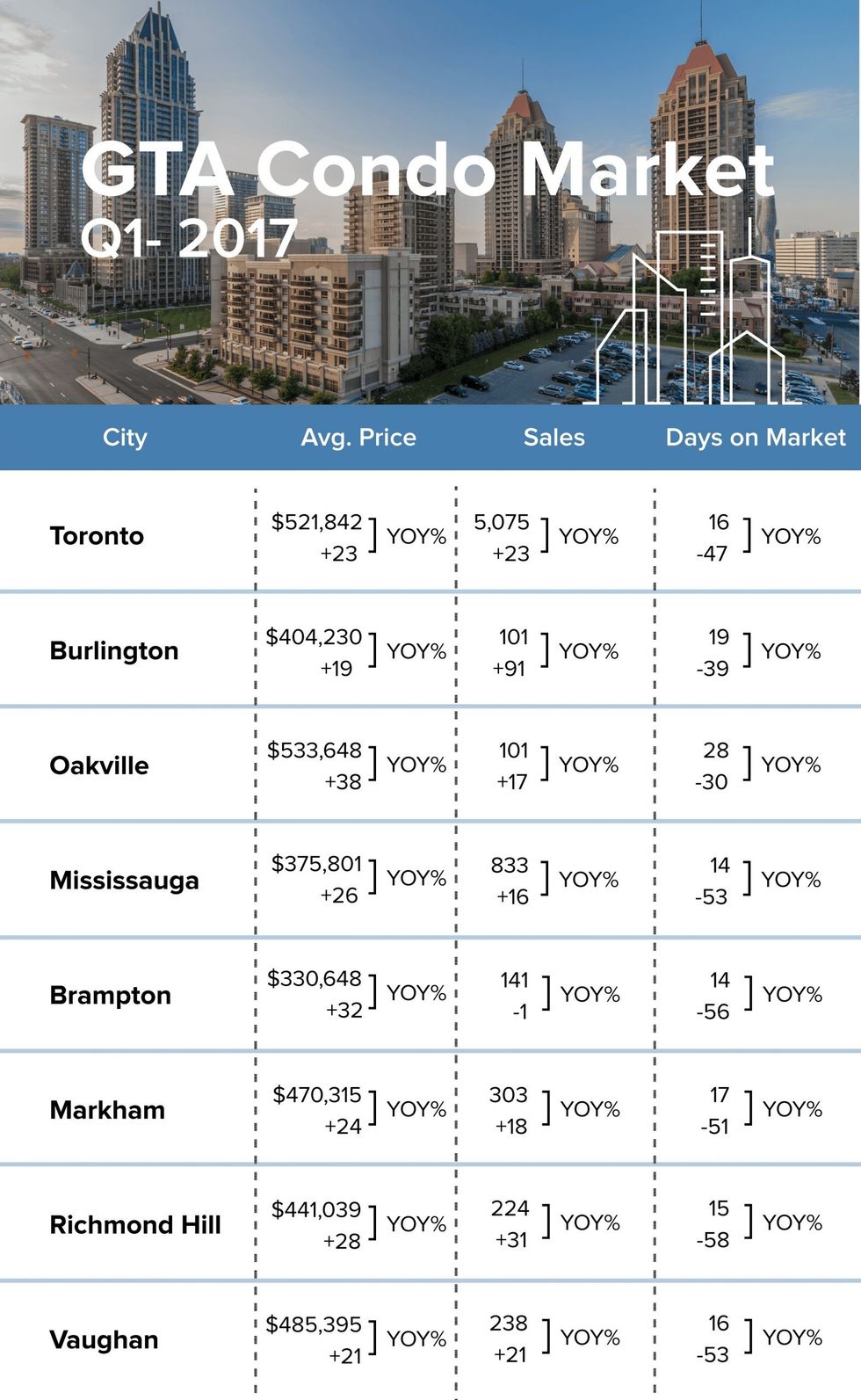
What comes to mind when you picture the suburbs? For most of us, it includes the stereotypical image of family-friendly car-dependent ’hoods where detached homes, winding tree-lined streets and big box stores are ubiquitous, and public transit is lackluster (to put it lightly).
In Toronto, and for many of its traditionally suburban cities (collectively dubbed the 905), that black-and-white representation of the “suburbs” is increasingly turning grey.
In 905 cities such as Vaughan, which sit well outside the bounds of the City of Toronto, ambitious plans are already being implemented to shed their conventional suburban image and inject an urban vibe by developing their own fledgling downtowns.
Along with the introduction of new office towers and transit infrastructure — including a billion-dollar TTC subway extension to Vaughan and plans for a Hurontario LRT in Mississauga — these plans also include a boost of new condo developments. A whole lot of them.
3,700 building permits
Mississauga alone issued 3,700 building permits in just the last year, and will soon be home to the $1.5-billion M City condo development that will sprawl 10 towers (many of which will rise 60 storeys) across 14 acres.
In fact, when looking at figures of the resale condo market — see below for an infographic breaking down the GTA market — signs of the 905’s booming high-rise arena are already on full display.
Mississauga is the Greater Toronto Area’s second largest condo market, behind Toronto, with approximately 833 sales between January to March 2017.
Vaughan is also gaining momentum as a full-fledged condo hub, with plans for a 55-storey condo named Transit City — which is set to be York Region’s tallest development and will also house a new BUCA-branded restaurant and BAR BUCA in the lobby — and the 51 and 53 twin tower project named Icona.
Momentum for suburban 905 condos is only likely to grow in the coming years, especially as more suburbanites are driven out of the exorbitantly expensive single-family housing market and begin to spill over into high-rises.
Moreover, as condo prices in downtown Toronto continue to skyrocket, the 905 will stand as a viable substitute for condo buyers who aren’t able to afford the premium associated with units in the city. In the first few months of 2016, average price per square foot for units in Toronto’s downtown hovered around $622. One year later, agents and industry insiders are accounting instances where prices are regularly hitting as high as $800 to $900 price per square foot.
It will be interesting to see how prices behave in the next quarter of 2017, when the new Fair Housing Plan measures have been in effect for a few months.






















